The 10 FIS Rules for Safe Skiing: Alpine Skiing Conduct on the Slopes
July 22, 2025 | Alpine Skiing
Planning a trip to the mountains? Whether you’re carving down groomed runs or navigating fresh powder, it’s crucial to know the official FIS rules of conduct. These 10 rules for safe skiing, created by the International Ski Federation (FIS), are essential for every skier and snowboarder on the slope, from beginners to pros.
They’re not just suggestions—they’re globally recognized safety guidelines to help avoid accidents, promote responsibility, and ensure fun for all at the ski resort or ski area.
What Are the FIS Rules of Conduct for Skiers and Snowboarders?
The10 FIS rules are a global standard for behavior on the ski slopes. They apply to every skier or snowboarder and are enforced at most major ski resorts around the world. Created by the International Ski Federation, these rules of conduct are similar to traffic laws, helping everyone stay safe while sharing the slope.
These rules cover everything from how to overtake safely to where you should stop or start on a piste. They’re not just for competitive alpine skiing events like giant slalom, super-G, or downhill—they apply equally to beginners, children, and pros. If you ski, you’re expected to follow them.
Rule No. 01: Respect for Others
Every skier or snowboarder must behave in such a way that they do not endanger or prejudice others. Whether you’re on skis or a board, your actions should never pose a risk to fellow slope users.
This applies in all situations—whether you’re gliding down a wide open slope or maneuvering through a busy ski area. Respecting others is the foundation of safe skiing, and it ensures that everyone can enjoy their day on the mountain without fear or injury.
Rule No. 02: Control of Speed and Manner of Skiing
You must adapt your speed and manner of skiing or snowboarding to your personal ability, the terrain, snow, and weather conditions, and the density of traffic.
This means slowing down in crowded areas, on steep downhill stretches, or when visibility is restricted. Reckless skiing doesn’t just risk your own safety—it can seriously endanger skiers or snowboarders ahead of you. Whether you’re on an open run or navigating a narrow piste, stay in control at all times.
Rule No. 03: Choice of Route
The skier or snowboarder coming from behind must choose their route carefully to avoid collisions. You are responsible for ensuring that your movements don’t affect those in front of you.
The route must be chosen in such a way that allows the skier ahead to move freely, even if they make an unexpected voluntary or involuntary movement. Remember, the overtaken skier or snowboarder has the right of way.
Rule No. 04: Overtaking
A skier or snowboarder may overtake another skier or snowboarder on the right or the left, but always at a safe distance. You must make sure you leave enough space for the overtaken skier to make any movement safely.
Whether you ski or board, passing someone closely or without warning is dangerous. Think ahead and pass only when you have a clear path and it’s safe to do so, especially in narrow places or where visibility is limited.
Rule No. 05: Entering, Starting, and Moving Upward
When entering a slope, starting again after stopping, or moving upwards on the slopes, you must check uphill and yield to oncoming traffic. A skier or snowboarder must move only when it is safe to do so.
Like merging onto a busy road, the burden of safety is on the person joining the flow. Ensure you don’t disrupt others already descending or skiing downhill.
Rule No. 06: Stopping on the Slope
A skier or snowboarder must avoid stopping on the piste in narrow places or where visibility is restricted. If stopping is necessary—due to a fall or emergency—move clear of the slope as quickly as possible.
Blocking the run increases the risk of collision, especially on busy or steep sections. On open trails, stop at the edge, and always ensure you’re visible to others coming from above.
Rule No. 07: Climbing and Descending on Foot
Anyone who needs to climb or descend on foot must keep to the side of the slope. Uphill and downhill movement on foot can obstruct others and leave tracks that affect the quality of the ski run.
This rule also applies to those walking due to a lost ski, fatigue, or an emergency. Be mindful of active skiers and snowboarders, and move clear of the main path.
Rule No. 08: Respect for Signs and Markings
Every skier or snowboarder must respect all posted signs and markings. These include trail markers, closures, warnings, and speed recommendations throughout the ski area.
Ignoring signs can lead to unsafe terrain, avalanche zones, or closed ski slopes. The rules apply to all, regardless of your skill level. These signs are placed to help you avoid danger and ski responsibly.
Rule No. 09: Assistance in Case of Accidents
In the event of a crash or injury, every skier or snowboarder must help. This includes alerting the rescue service, keeping the injured person warm, and controlling traffic if needed.
Rendering assistance in case of accidents isn’t just courteous—it’s a rule. Whether you witnessed it or were involved, helping can prevent further harm and save lives.
Rule No. 10: Identification at the Scene of an Accident
Whether you are a witness or involved, every skier or snowboarder must provide identification in the event of an accident. This applies whether a responsible party is at fault or not.
You must give your name and contact information to ski patrol or rescue services. Honesty and accountability are critical in ensuring justice and recovery after any accident.
Conclusion
The 10 FIS rules for safe skiing are more than just guidelines—they’re a universal code of conduct that keeps every skier and snowboarder safe on the slope. By understanding and applying these rules, you’re not only protecting yourself but also showing respect for others sharing the mountain. Whether you’re flying down a giant slalom, cruising a family-friendly run, or just learning how to ski, these principles matter.
Every turn, every stop, and every decision on the piste should reflect awareness, responsibility, and control. From adapting your speed to offering help during an accident, each rule is a reminder that alpine skiing is as much about behavior as it is about skill. So the next time you buckle up your ski boots and head for the lift, remember: ski smart, ski safe, and let everyone enjoy the snow.
More Posts
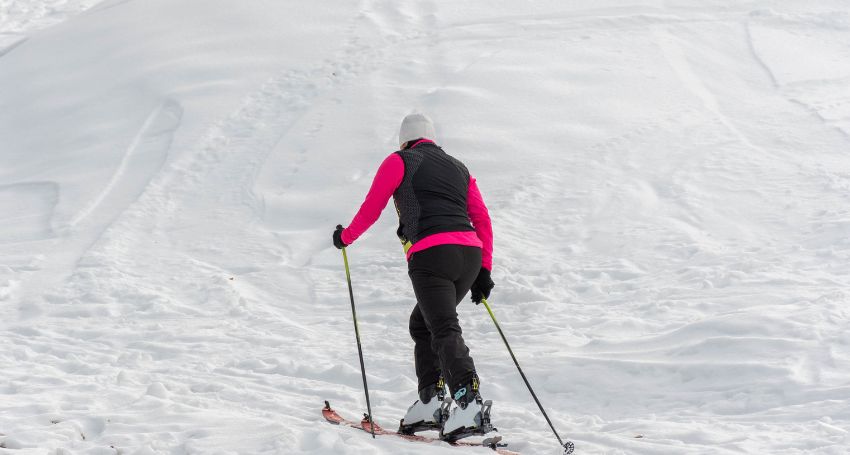
How to Parallel Ski for Beginners: A Complete Step-by-Step Guide
For many novice skiers, mastering how to parallel ski for beginners marks a major milestone...
read More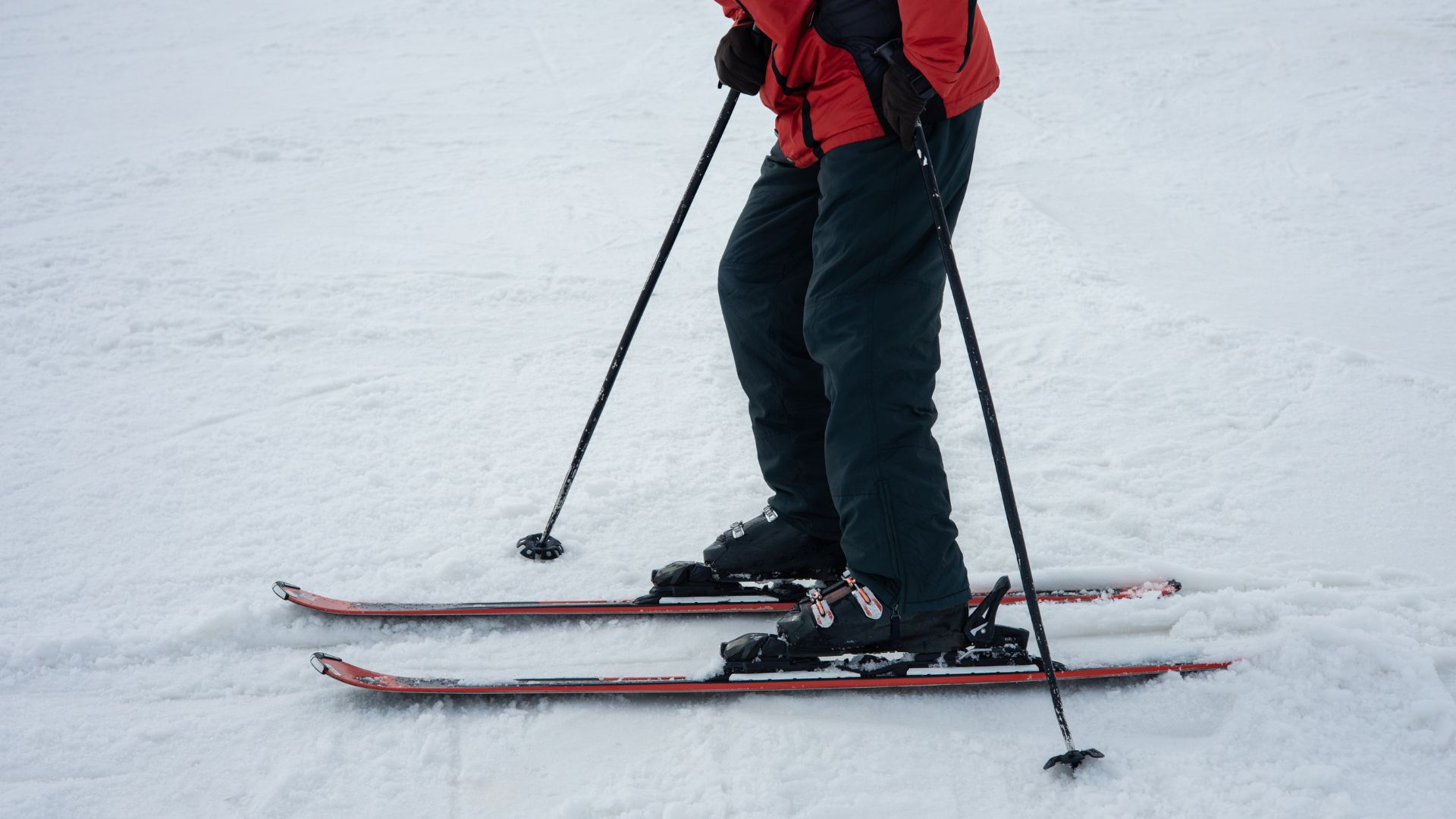
How to Parallel Ski: Master the Essential Technique
If you’ve ever admired experienced skiers gliding effortlessly down a slope, both skis perfectly aligned,...
read More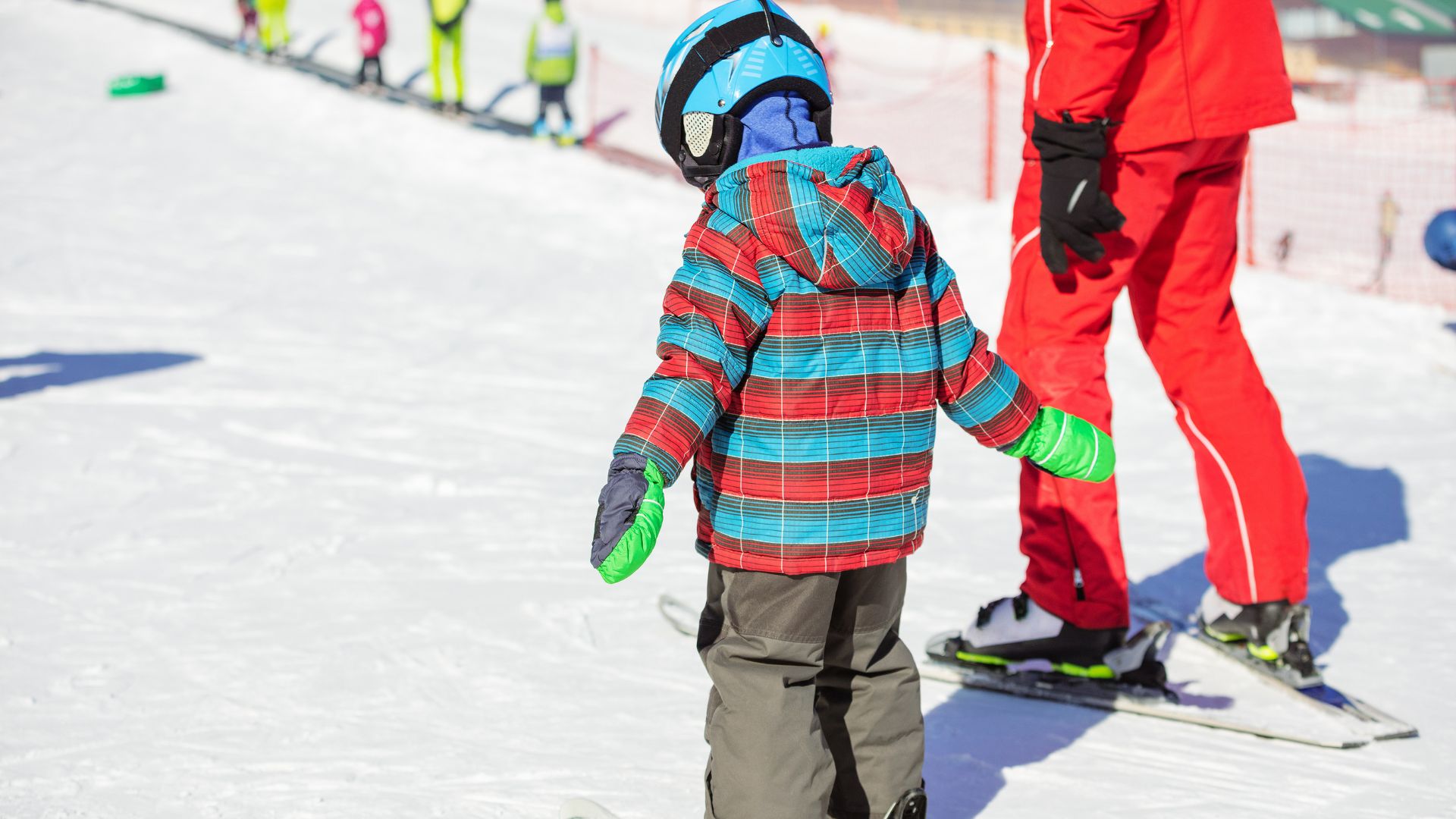
How to Teach Kids to Ski: A Complete Parent’s Guide
Skiing is a magical winter sport that can bring families closer together and create lifelong...
read More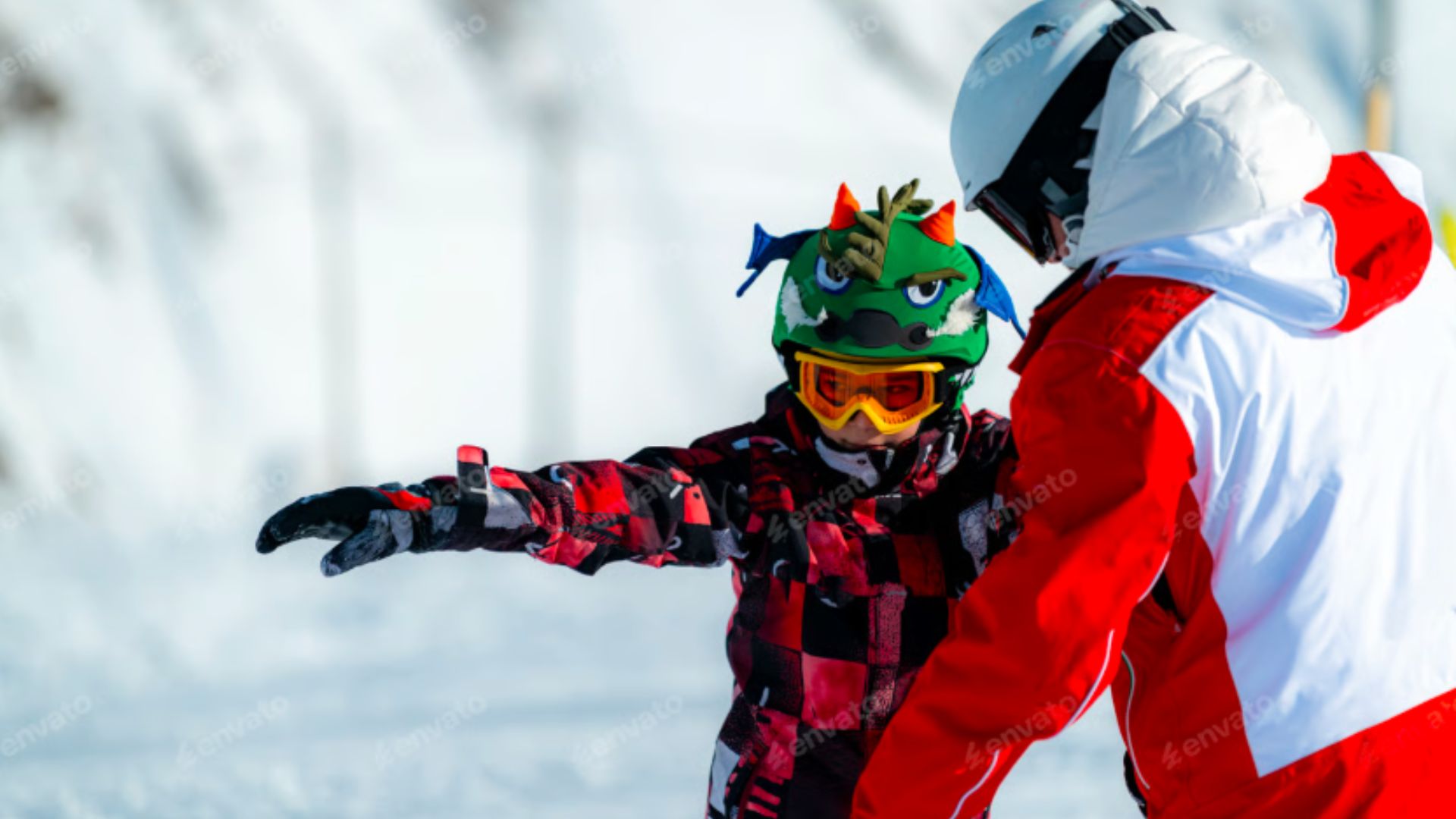
Ski Teaching Techniques: Mastering the Art of Ski Instruction
Teaching skiing is more than guiding someone down a slope—it’s about using ski teaching techniques...
read More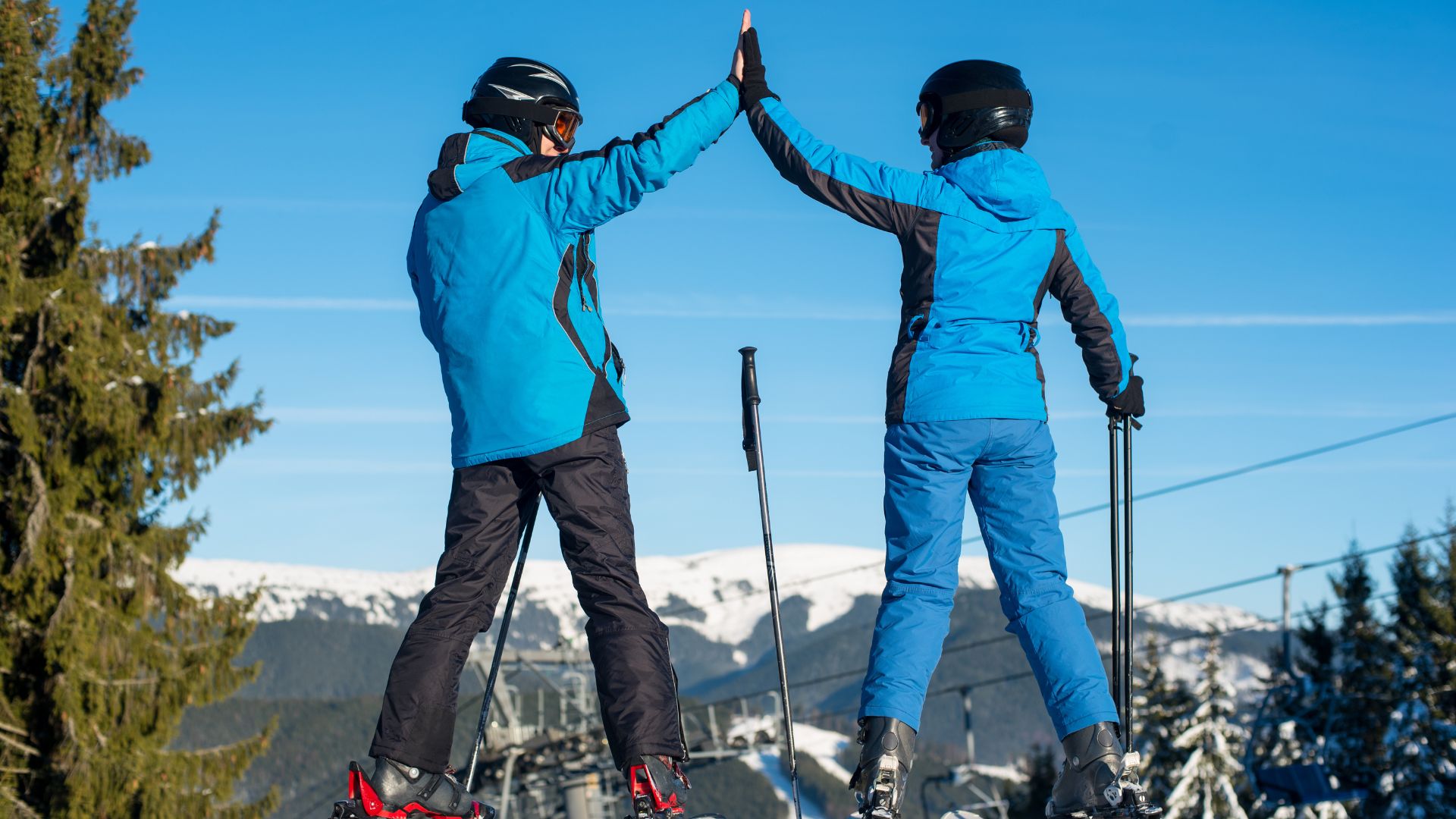
How to Become a Private Ski Instructor and Build Your Career on the Slopes
If you’ve ever dreamed of turning your passion for skiing into a career, you’ve probably...
read More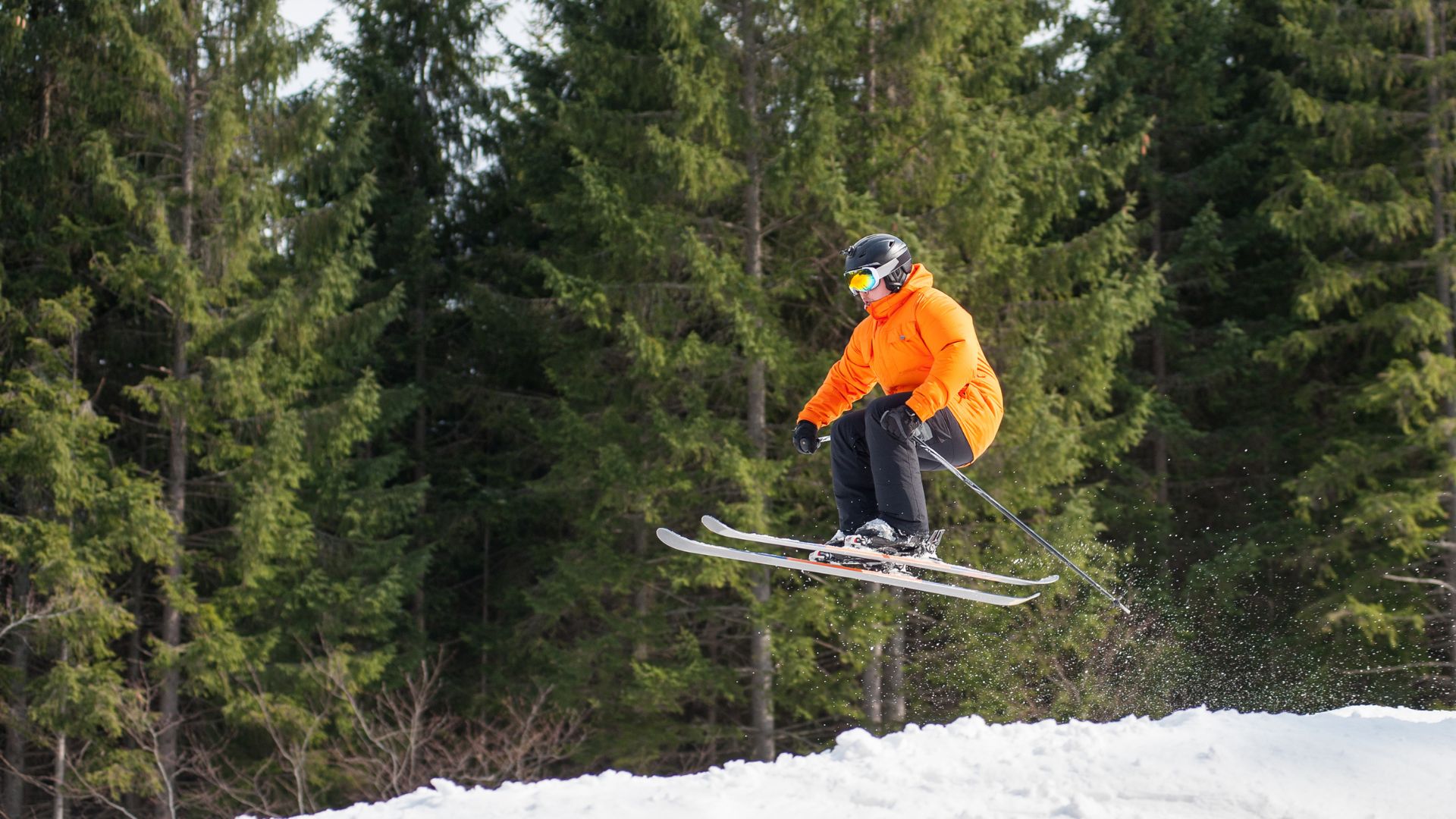
Where Can I Learn to Ski Jump: Lessons, Schools, and Tips
If you’ve ever watched athletes soar gracefully off a ski jump and wondered, where can...
read More